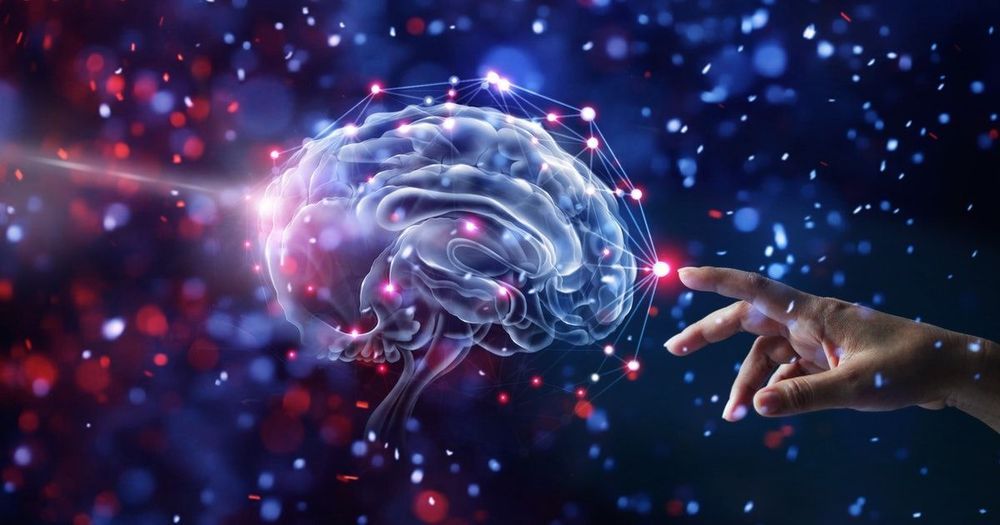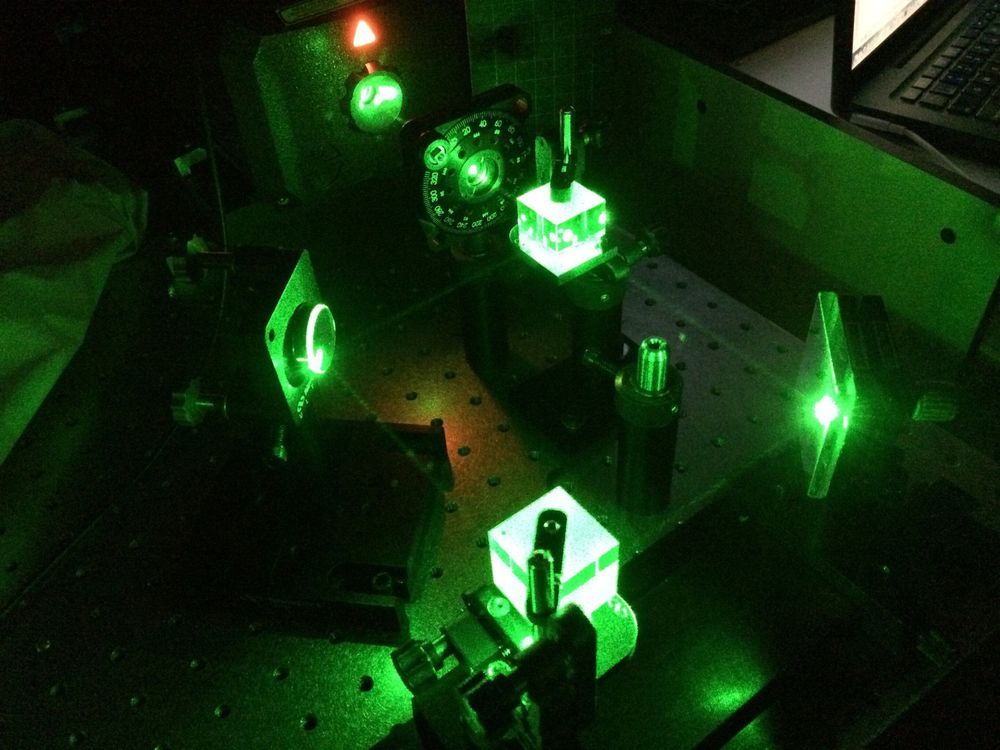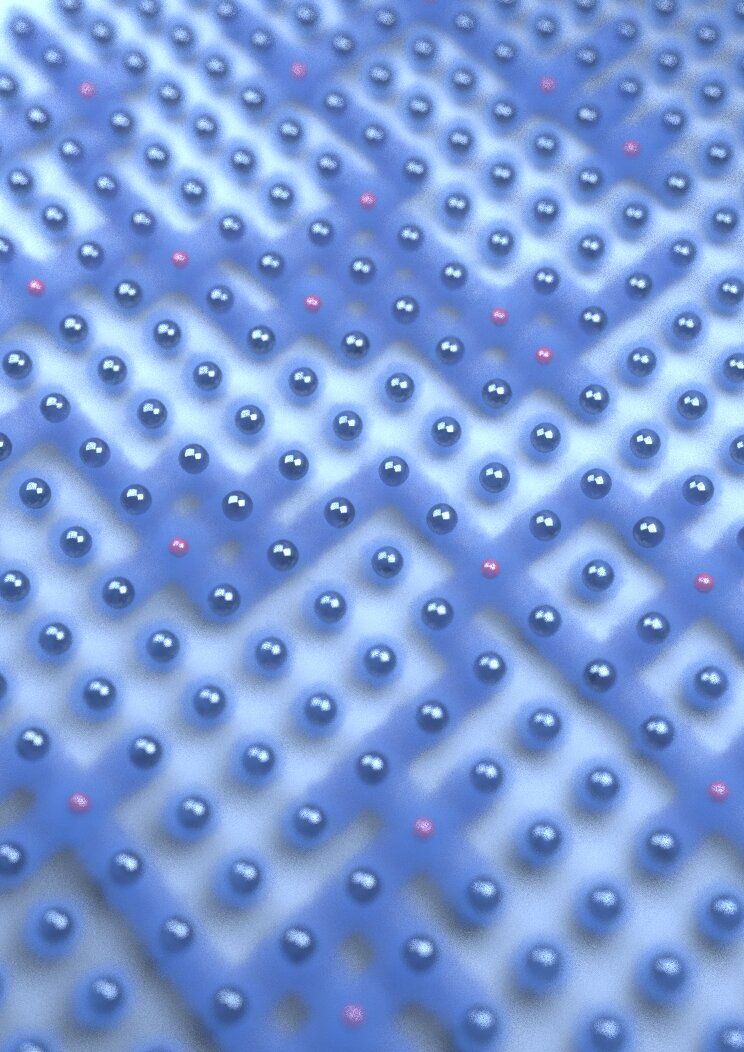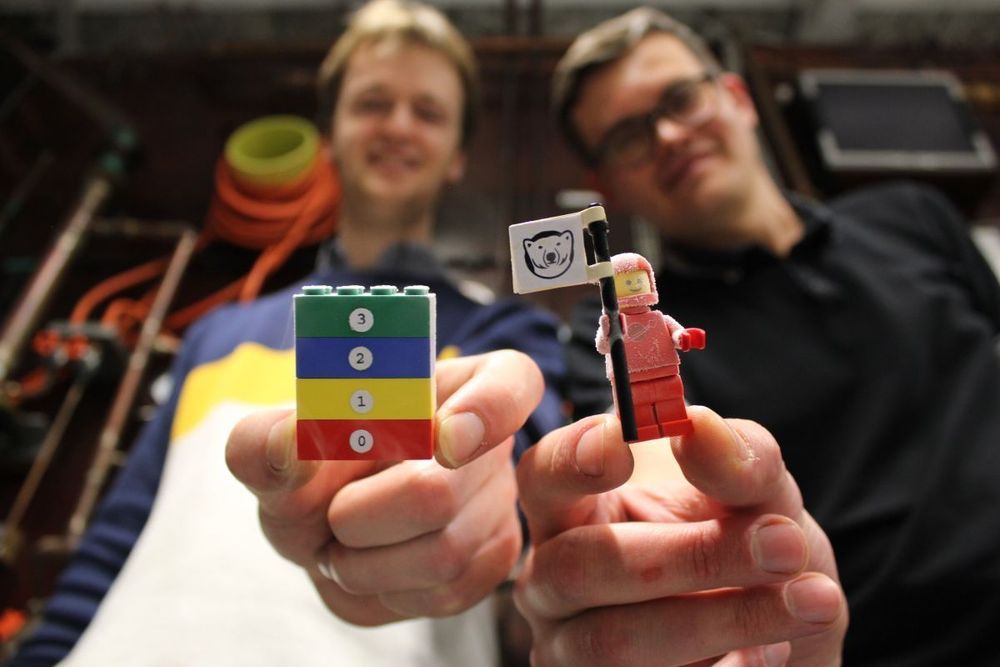Archive for the ‘computing’ category: Page 559
Feb 6, 2020
Electron transport chain
Posted by Oguzhan Kosar in categories: biotech/medical, computing, education
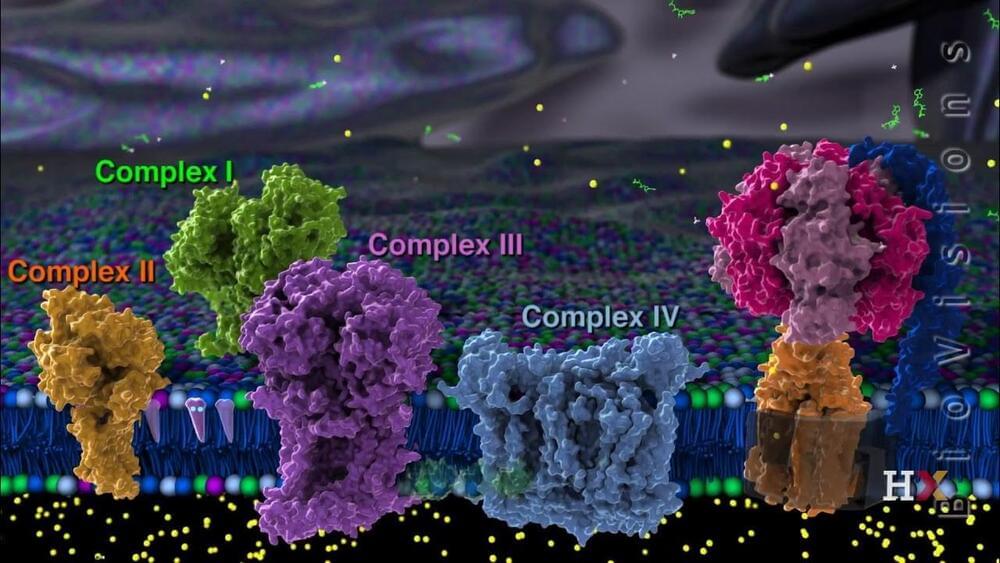
One day, we gonna engineer all of these to build better humankind for those capable of surviving in the vas space.
From our free online course, “Cell Biology: Mitochondria”: https://www.edx.org/course/cell-biology-mitochondria-harvard…n=harvardx
Feb 5, 2020
The Age of Graphene: Samsung’s Revolutionary Battery Technology
Posted by Oguzhan Kosar in categories: biotech/medical, computing, mobile phones, nuclear energy, sustainability
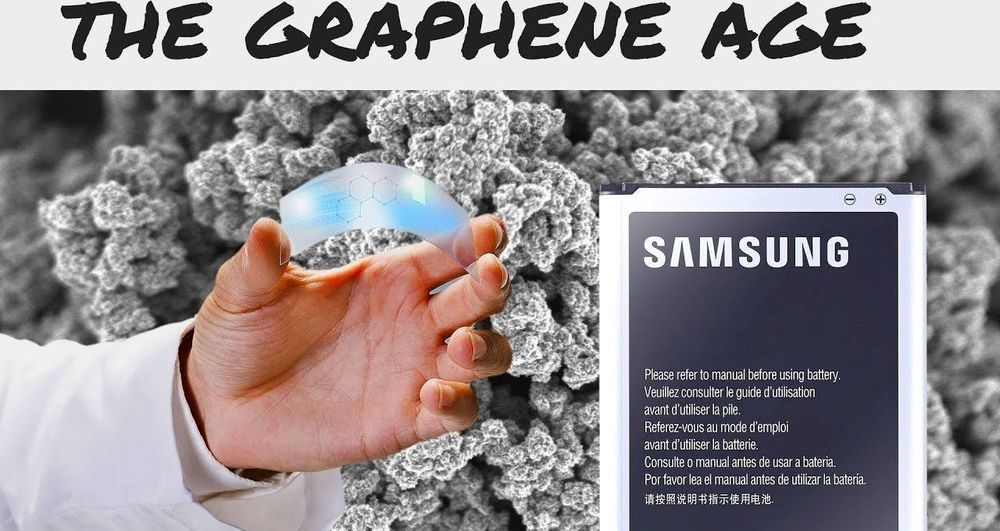
Pre-historic times and ancient history are defined by the materials that were harnessed during that period.
We have the stone age, the bronze age, and the iron age.
Today is a little more complex, we live in the Space Age, the Nuclear Age, and the Information Age.
And now we are entering the Graphene Age, a material that will be so influential to our future, it should help define the period we live in.
Potential applications for Graphene include uses in medicine, electronics, light processing, sensor technology, environmental technology, and energy, which brings us to Samsung’s incredible battery technology!
Imagine a world where mobile devices and electric vehicles charge 5 times faster than they do today.
Cell phones, laptops, and tablets that fully charge in 12 minutes or electric cars that fully charge at home in only an hour.
Samsung will make this possible because, on November 28th, they announced the development of a battery made of graphene with charging speeds 5 times faster than standard lithium-ion batteries.
Before I talk about that, let’s quickly go over what Graphene is.
When you first hear about Graphene’s incredible properties, it sounds like a supernatural material out of a comic book.
But Graphene is real! And it is made out of Graphite, which is the crystallized form of carbon and is commonly found in pencils.
Graphene is a single atom thick structure of carbon atoms arranged in a hexagonal lattice and is a million time thinner than a human hair.
Graphene is the strongest lightest material on Earth.
It is 200 times stronger than steel and as much as 6 times lighter.
It can stretch up to a quarter of its length but at the same time, it is the hardest material known, harder than a diamond.
Graphene can also conduct electricity faster than any known substance, 140 times faster than silicone.
And it conducts heat 10 times better than copper.
It was first theorized by Phillip Wallace in 1947 and attempts to grow graphene started in the 1970s but never produced results that could measure graphene experimentally.
Graphene is also the most impermeable material known, even Helium atoms can’t pass through graphene.
In 2004, University of Manchester scientists Andre Geim and Konstantin Novoselov successfully isolated one atom thick flakes of graphene for the first time by repeatedly separating fragments from chunks of graphite using tape, and they were awarded the Nobel Prize in Physics in 2010 for this discovery.
Over the past 10 years, the price of Graphene has dropped at a tremendous rate.
In 2008, Graphene was one of the most expensive materials on Earth, but production methods have been scaled up since then and companies are selling Graphene in large quantities.
Sources:
http://www.graphene.manchester.ac.uk/explore/the-story-of-gr…rly-years/
https://en.wikipedia.org/wiki/History_of_graphene
https://en.wikipedia.org/wiki/Potential_applications_of_graphene
http://luratia.com/graphene/category/graphene-facts#sthash.3…mEmGp.dpbs
https://blogs.windows.com/devices/2013/02/07/hero-material-1…-graphene/
https://news.samsung.com/global/samsung-develops-battery-mat…ging-speed
Feb 4, 2020
Researchers create ‘intelligent’ interaction between light and material
Posted by Quinn Sena in categories: biological, chemistry, computing
A collaboration between McMaster and Harvard researchers has generated a new platform in which light beams communicate with one another through solid matter, establishing the foundation to explore a new form of computing.
Their work is described in a paper published today in the Proceedings of the National Academy of Sciences.
Kalaichelvi Saravanamuttu, an associate professor of Chemistry and Chemical Biology at McMaster, explains that the technology brings together a form of hyrdrogel developed by the Harvard team with light manipulation and measurement techniques performed in her lab, which specializes in the chemistry of materials that respond to light.
Feb 4, 2020
India bets big on quantum technology
Posted by Derick Lee in categories: biotech/medical, computing, encryption, quantum physics
Overall, India’s science ministry, which oversees the department of science and technology; biotechnology; and scientific and industrial research, received 144 billion rupees in the 2020–21 budget, a 10.8% increase over promised funds in the 2019–20 budget.
Latest budget includes more than a billion dollars in funding for quantum computing, communications and cryptography.
Feb 3, 2020
New quantum switch turns metals into insulators
Posted by Saúl Morales Rodriguéz in categories: biotech/medical, computing, quantum physics
Most modern electronic devices rely on tiny, finely-tuned electrical currents to process and store information. These currents dictate how fast our computers run, how regularly our pacemakers tick and how securely our money is stored in the bank.
In a study published in Nature Physics, researchers at the University of British Columbia have demonstrated an entirely new way to precisely control such electrical currents by leveraging the interaction between an electron’s spin (which is the quantum magnetic field it inherently carries) and its orbital rotation around the nucleus.
“We have found a new way to switch the electrical conduction in materials from on to off,” said lead author Berend Zwartsenberg, a Ph.D. student at UBC’s Stewart Blusson Quantum Matter Institute (SBQMI). “Not only does this exciting result extend our understanding of how electrical conduction works, it will help us further explore known properties such as conductivity, magnetism and superconductivity, and discover new ones that could be important for quantum computing, data storage and energy applications.”
Feb 3, 2020
Lego Cryonaut Found a Way to Make Quantum Computing More Affordable
Posted by Kaiser Matin in categories: computing, quantum physics
Feb 2, 2020
How one entrepreneur is tackling humanity’s most pressing problems
Posted by Brent Ellman in categories: bioengineering, computing, internet, neuroscience, particle physics

Braintree founder Bryan Johnson, MBA’07, invests in bold ventures on the next frontier.
Bryan Johnson is determined to explore the depths of your mind and help save humanity from its direst threats.
Continue reading “How one entrepreneur is tackling humanity’s most pressing problems” »
Feb 2, 2020
What you experience may not exist. Inside the strange truth of reality
Posted by Paul Battista in categories: computing, neuroscience
What our senses allow us to experience may not reflect what actually exists. It may be a creation of our own consciousness, or a computer simulation designed by superintelligent beings.
Feb 1, 2020
The Ultra-Pure, Super-Secret Sand That Makes Your Phone Possible
Posted by Quinn Sena in categories: computing, mobile phones
O„.o.
The processor that makes your laptop or cell phone work was fabricated using quartz from this obscure Appalachian backwater.
